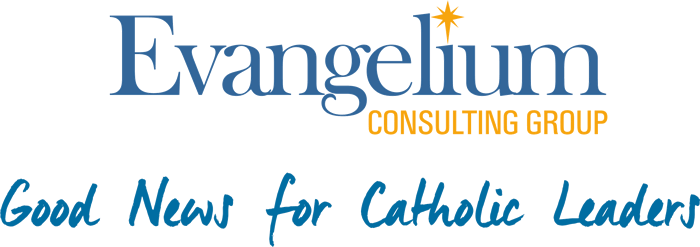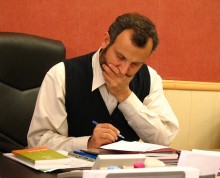Things move quickly in today's society. Technology has made it possible for us to communicate, travel, and access information faster than ever before. Rather than capturing a few important moments from time-to-time, now, many of us take hundreds of pictures a month. Almost every time I take a picture at home my four-year-old says, "show me the picture daddy!" She expects to see the results instantly. In contrast to this, in the past I developed my own film and could spend hours to get a few prints just right.
This new reality impacts the way we work in both positive and negative ways. One positive of the "culture of fast" is the speed and reach of communication. Electronic communication allows instantaneous dissemination of information, and to nearly anywhere on the planet.
On the other hand, we often have too much information to sift through. This can lead to both decision-fatigue and an inability to make thoughtful choices. Additionally, those of us who work in the Church tend to want to say yes a lot to avoid offending people or impeding the inspiration of the Holy Spirit. Here, discernment is necessary, yet the "culture of fast" often works against it.
In ministry, I think many people fall into another kind of "culture of fast" behavior: trying to do everything. Every program, every idea (good or bad), every activity must be done or tried. G.K. Chesterton's adage, "If something's worth doing, it's worth doing badly," can be a recipe for doing lots of things with little overall effect. While there is a need for parishes, dioceses, and apostolates to do lots of different things, it can be detrimental to ministry when we do many things, yet do them with mediocrity. Let's be honest: who among us is able to do everything well?
There are two effective ways that I have learned to overcome this cultural phenomenon: strategic anchors and thematic goals. I use them with my own diocesan ministry team and love to show others how they simplify and improve the quality of our work.
Strategic anchors—most organizations have three—are specific ways that a team stays focused on the things that lead to success (or, if you prefer, fruitfulness). We measure every new idea or initiative using these strategic anchors. They help us discern if something is likely to contribute to future fruitfulness or distract us from what is most effective and important. Using this approach my team has learned to say "no" more often now. It’s liberating!
A thematic goal is a single "big" initiative that my entire team sets out to accomplish. It answers the question, “What is most important right now for all of us?” Underlying this is the adage, “If everything is important, nothing is.” Determining one top priority is a simple antidote for the scattered and distracted pace of life that plagues home and work. Of course, we still do our "regular" job tasks, but we also work collaboratively on this overarching goal, usually in a 3-12 month time frame. This approach helps us to overcome the temptation to do too many things at once, which is certainly a recipe for mediocrity and frustration.
When we find ourselves in information overload we look to our thematic goal. A weekly review of this goal and our progress helps us focus, as a team, on the most important things we need to do together. In this review, we identify ways that we can creatively and sacrificially help one another.
I encourage you to give this a go: sit down with your team at work or spouse at home and determine strategic anchors and a thematic goal. And then choose to meet consistently to review progress, solve issues, and move forward in accomplishing what you’ve set out to do. It works! And if you get stuck, or can’t seem to get started, reach out to us. We’d be happy to help.















